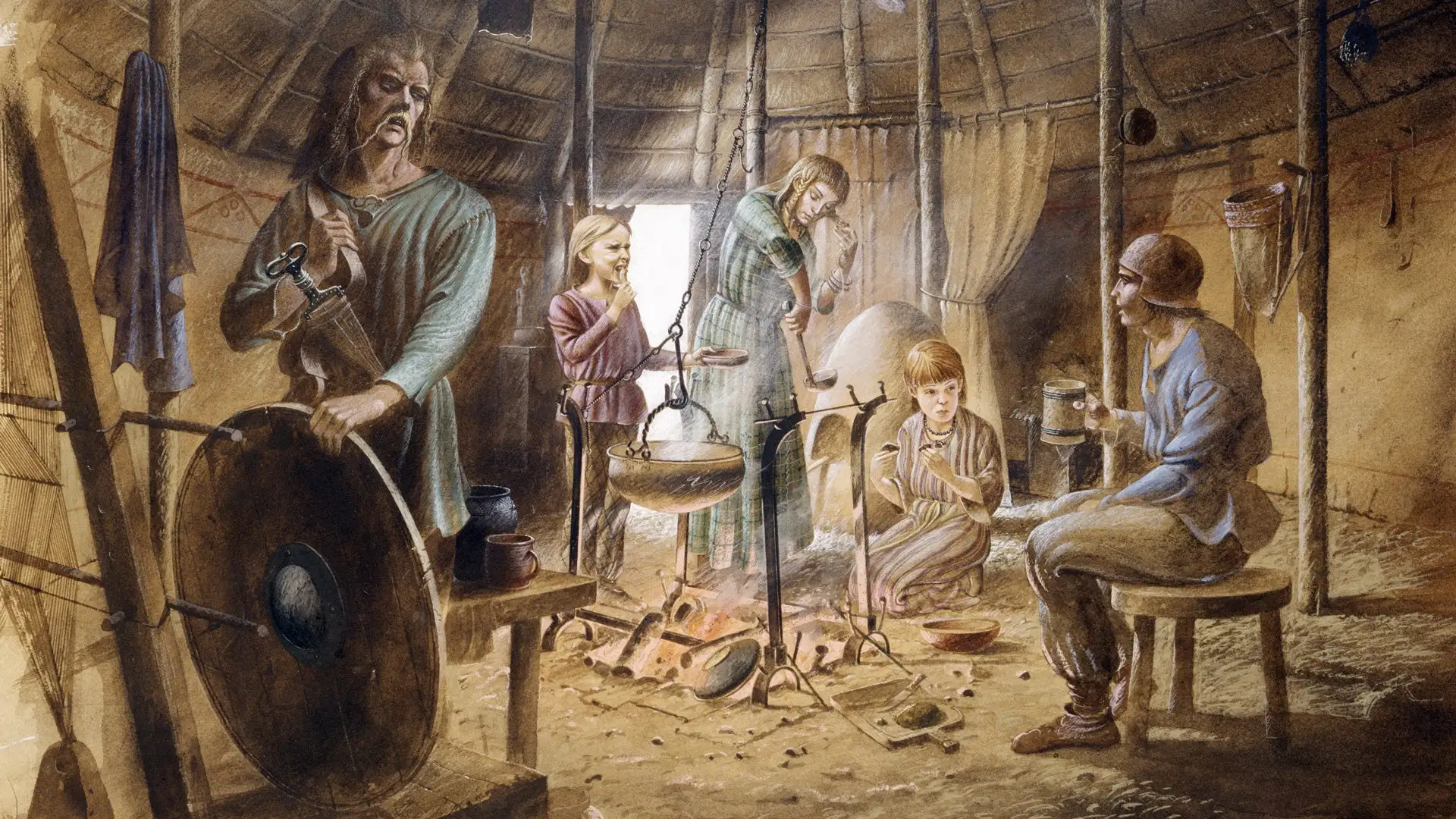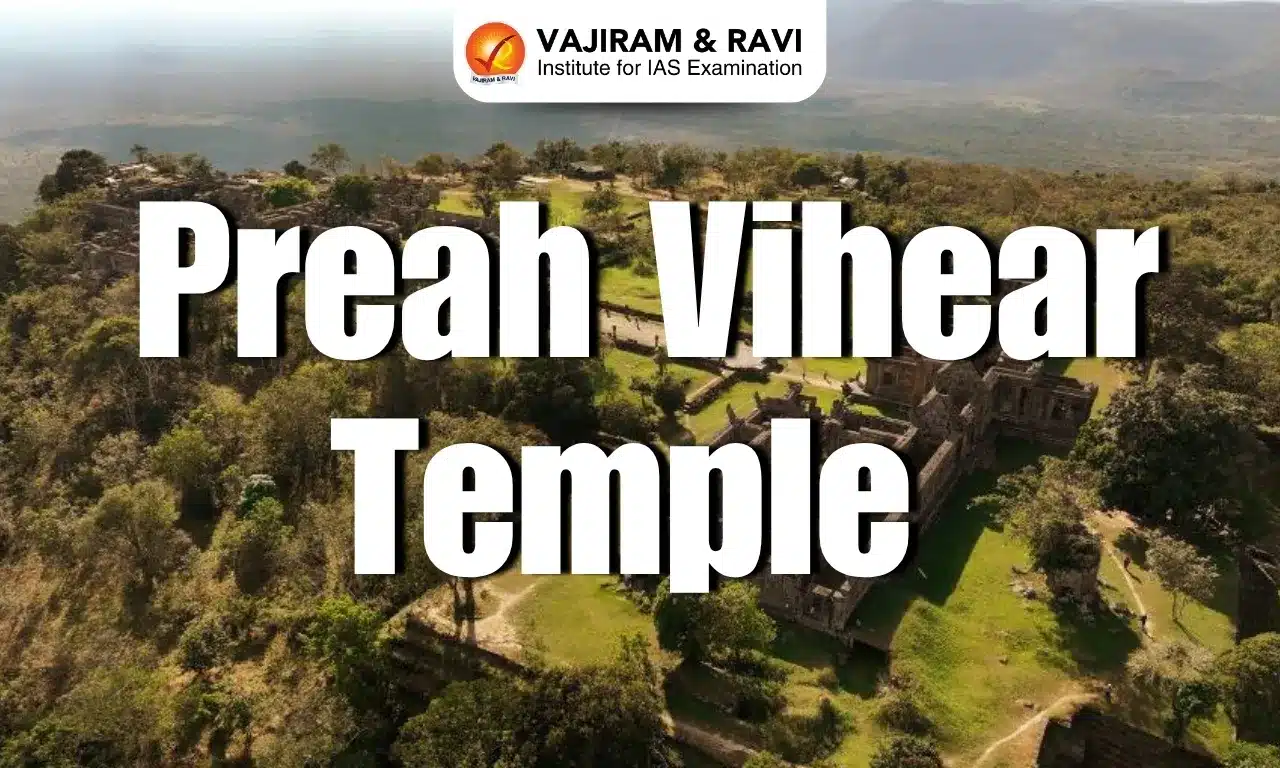About Iron Age
- The Iron Age was a period in human history that started between 1200 B.C. and 600 B.C., depending on the region, and followed the Stone Age and Bronze Age.
- The Iron Age existed in Africa, Europe, and Asia during prehistoric times in the Old World. The Iron Age didnot occur in America because this was the New World and had not yet been discovered.
- People discovered iron at this time. It quickly became the preferred choice of metal, replacing the use of bronze in metalworking. The use of iron brought important changes to people’s lives.
- Ironwork first began in Turkey before spreading to other European countries.
- People used iron to make strong tools, which made farming easier.
Farmers used an ‘ard’ (an iron plow) during the Iron Age to turn over their fields. These were much more efficient than wooden or bronze plows.
- They also made iron swordsand other weapons.
- Huge armies of soldiers soon carried iron weapons.
- These weapons made an army much harder to defeat.
- Armies traveled to other lands and took over places they liked.
- Kings and other rulers gained great power.
- Other changes in technology also happened during the Iron Age.
- People built large forts and bridges.
- Pottery and weaving improved.
- Humans dug deep mines in the ground to find salt and other valuable minerals.
- End of Iron Age:
- The Iron Age is a part of prehistory, or the time before humans used writing.
- Therefore, the Iron Age ended once writing became widespread.
- Still, iron continues to be a popular choice for crafting iron tools, weapons, doors, windows, building supports, machinery, and more.
Q1: What are megaliths?
A megalith is a large stone used to build a structure or monument, either alone or together with other stones. Megalithic means structures made of such large stones, put together without the use of mortar or cement.
Source: Three new archaeological sites discovered
Last updated on December, 2025
→ Check out the latest UPSC Syllabus 2026 here.
→ Join Vajiram & Ravi’s Interview Guidance Programme for expert help to crack your final UPSC stage.
→ UPSC Mains Result 2025 is now out.
→ UPSC Notification 2026 is scheduled to be released on January 14, 2026.
→ UPSC Calendar 2026 is released on 15th May, 2025.
→ The UPSC Vacancy 2025 were released 1129, out of which 979 were for UPSC CSE and remaining 150 are for UPSC IFoS.
→ UPSC Prelims 2026 will be conducted on 24th May, 2026 & UPSC Mains 2026 will be conducted on 21st August 2026.
→ The UPSC Selection Process is of 3 stages-Prelims, Mains and Interview.
→ UPSC Result 2024 is released with latest UPSC Marksheet 2024. Check Now!
→ UPSC Prelims Result 2025 is out now for the CSE held on 25 May 2025.
→ UPSC Toppers List 2024 is released now. Shakti Dubey is UPSC AIR 1 2024 Topper.
→ UPSC Prelims Question Paper 2025 and Unofficial Prelims Answer Key 2025 are available now.
→ UPSC Mains Question Paper 2025 is out for Essay, GS 1, 2, 3 & GS 4.
→ UPSC Mains Indian Language Question Paper 2025 is now out.
→ UPSC Mains Optional Question Paper 2025 is now out.
→ Also check Best IAS Coaching in Delhi

















